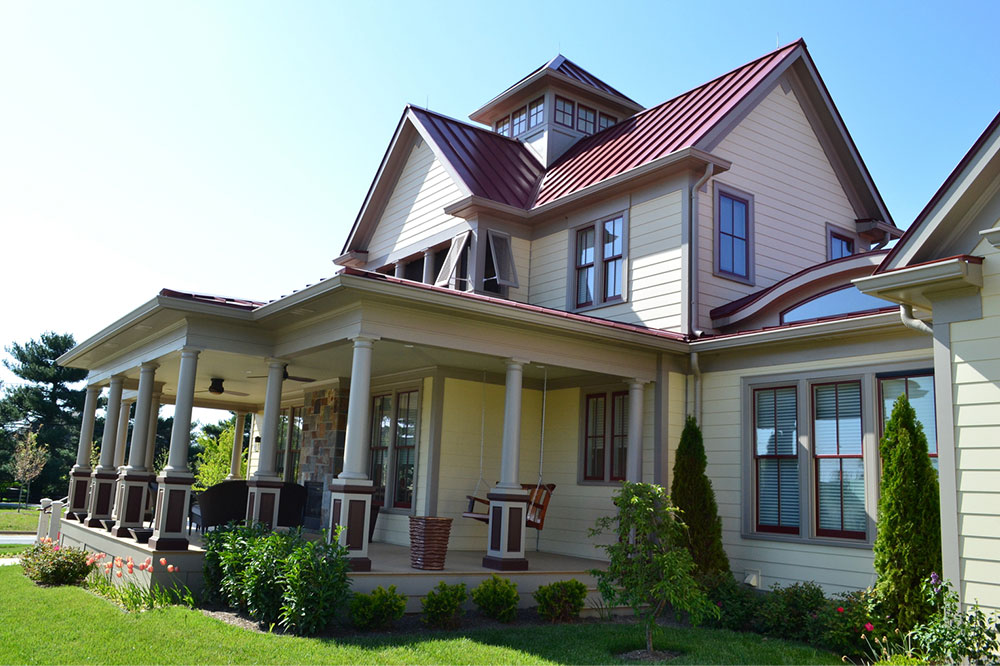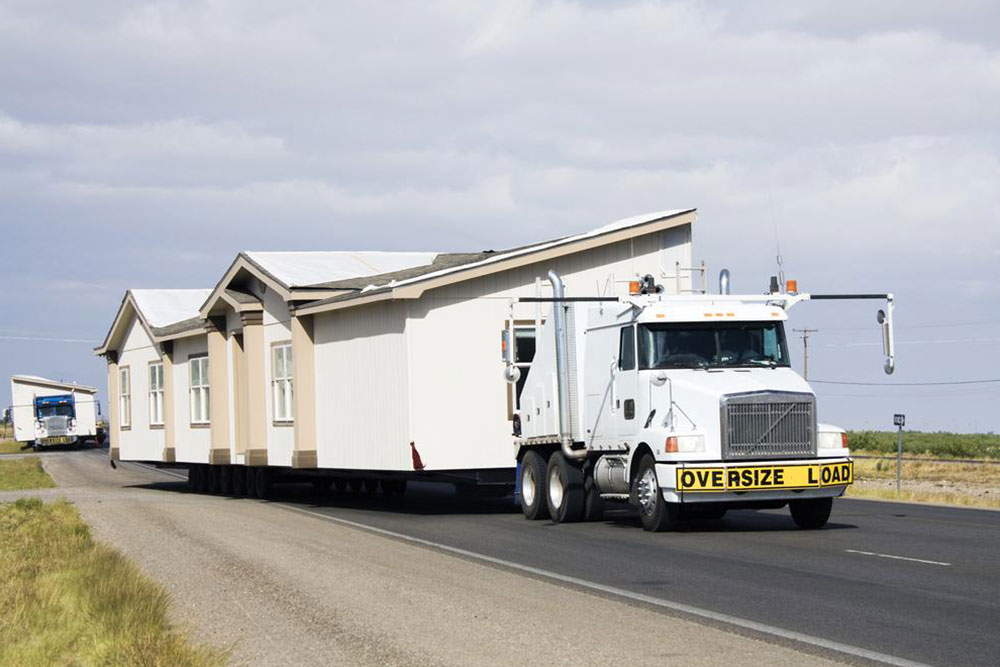Comprehensive Guide to HUD Home Financing Options
Explore a comprehensive overview of HUD-backed home loans, including eligibility requirements, benefits, application steps, and potential risks. Designed for low- to moderate-income families, these government-insured loans facilitate affordable homeownership options with flexible standards. Learn how HUD programs support various property types and navigate the application process easily, while understanding the advantages and potential challenges involved.

Understanding HUD Home Financing Options
Achieving homeownership often requires years of dedication and effort. Thankfully, government-backed programs and trusted financial institutions provide assistance. The Department of Housing and Urban Development (HUD) oversees many initiatives aimed at promoting affordable housing, reducing homelessness, and combating housing discrimination. HUD collaborates with the Federal Housing Administration (FHA) to offer various loan programs supporting potential homeowners.
What is a HUD-backed loan? How does it operate?
HUD loans are mortgage products insured by the FHA and issued through approved private lenders. They are designed to help low- and moderate-income individuals secure homes.
These loans offer benefits and protections beyond traditional mortgages, especially for borrowers with financial challenges or low credit scores. Lenders, incentivized by FHA insurance, are more willing to approve borrowers with higher default risk, providing options like lower interest rates and smaller down payments. Borrowers are required to pay upfront mortgage insurance premiums and monthly premiums included in their mortgage payments, which vary based on the loan amount and down payment.
HUD loans can finance primary residence purchases, refinancing, mobile homes, and manufactured housing. They are also applicable for multifamily properties and healthcare facilities. Programs like FHA and VA loans provide different qualification criteria, so understanding these requirements before applying is essential.
Basic qualifications for HUD loan eligibility
The key criteria include:
Credit Score: Minimum of 500 for 10% down and 580 for 5% down
Debt-to-Income Ratio: 50% or below
The property must serve as the borrower’s primary residence.
FHA property standards for qualifying
To meet FHA guidelines, properties must adhere to several requirements:
Occupancy: Buyer must move in within 60 days post-closing.
Usage: The property cannot be an investment or rental property.
Appraisal: The home must pass FHA inspections and standards. Repairs or price adjustments may be necessary if standards are not met.
Timing: The property shouldn't have been sold within the last 90 days.
Ownership: Title should be in the borrower’s or trust’s name at closing.
Loan Limits: Vary by county and should be respected.
Advantages of HUD Loans
HUD mortgage programs benefit various stakeholders. Banks access low-risk, high-profit markets, and local governments benefit from an increased property tax base. Related industries see increased sales through home construction, renovation, and occupancy. For borrowers, HUD loans provide flexible qualification standards, include a variety of property types, and lack geographic restrictions, making homeownership more accessible.
Potential Challenges and Drawbacks
Despite their advantages, HUD loans carry certain risks. The higher default potential exists because loans are often extended to borrowers with weaker credit profiles. Defaults can lead to foreclosure and home loss. Additionally, upfront costs and ongoing premiums may be burdensome, and the application process can take longer compared to traditional mortgages. Restrictions on cash-out refinancing and owner distributions also apply.
Steps to Secure a HUD Loan
Applying for a HUD loan is designed to be straightforward:
Identify an FHA-approved lender.
Complete and submit the HUD loan application.
Review the loan estimates from different lenders.
Provide necessary documentation and await approval.
Pay required premiums and down payments as per the agreement.
Summary
HUD loans aim to make homeownership achievable for families across income levels. Established to assist lower-income individuals, the FHA has successfully made owning a home more accessible. The application process is guided and straightforward, with support from lenders’ representatives and online platforms, providing a pathway for those who might otherwise be denied traditional financing.










